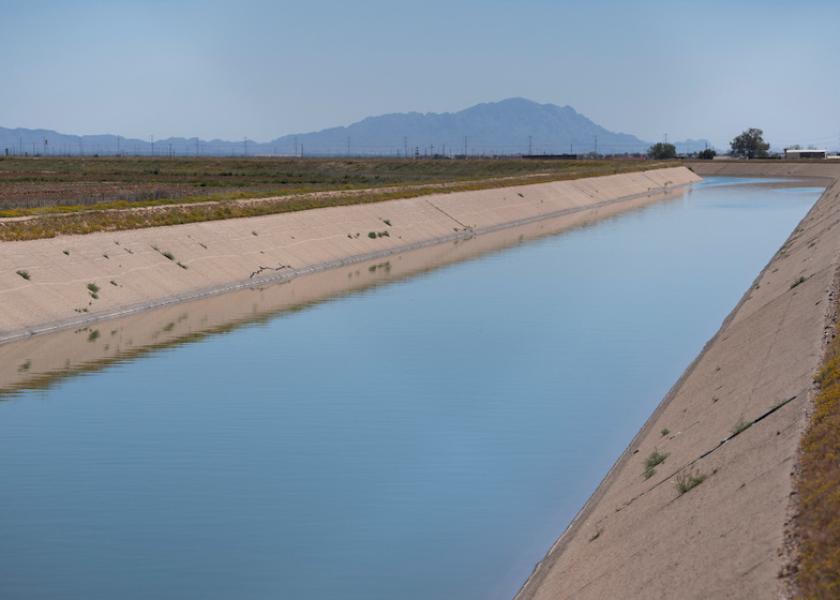U.S. States Reach Colorado River Water Conservation Deal

Seven U.S. states along the drought-starved Colorado River have reached a deal with the Biden administration to conserve water in a "historic consensus" to prevent supply problems for big cities like Los Angeles and Phoenix as well as farmers.
In the agreement, Arizona, California and Nevada will take 3 million-acre-feet less water from the river through the end of 2026, the U.S. Department of the Interior said on Monday.
In return for using about 13% less water over three years, the three states will get around $1.2 billion in federal compensation, the Washington Post reported, citing people familiar with the talks.
After nearly a year of negotiations, the temporary deal is aimed at preventing water levels from dropping below critical levels in Lake Powell and Lake Mead: the United States' largest reservoirs.
Some 40 million people and 30 tribal nations depend on the Colorado River Basin for drinking water and electricity.
Mexico also uses Colorado River water. Farmers who rely on the Colorado River water supply national and even international food supply systems.
The new operating guidelines, set to be advanced next month by the Department of the Interior, replace a 2007 agreement.
Wyoming, Colorado, Utah and New Mexico in the Upper Basin and California, Arizona and Nevada in the Lower Basin, which share Colorado River waters under the compact, had been struggling for months to come up with an agreement on cuts after federal officials asked for reduced usage of 2 million to 4 million acre-feet of water per year, an unprecedented reduction of 15% to 30% in the coming year.
(Reporting by Rami Ayyub; Editing by Mark Porter, Donna Bryson and Jonathan Oatis)







